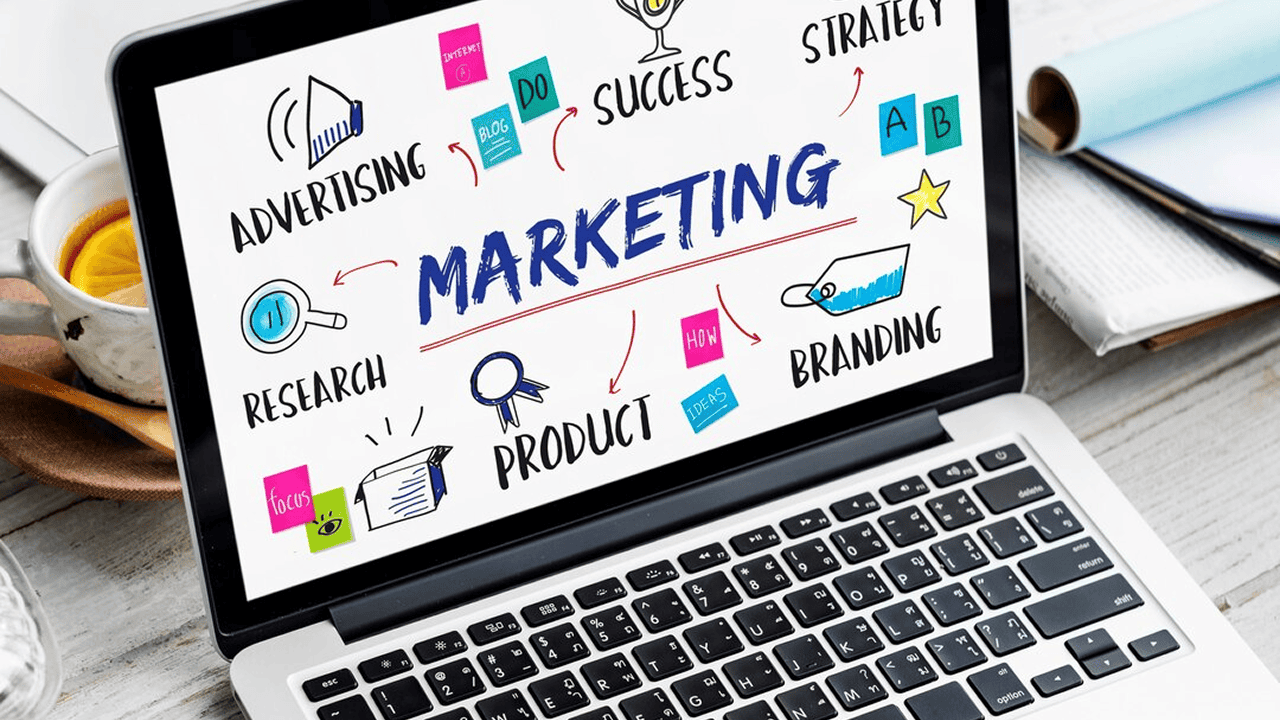
How to Market a Small Business on a Budget in 2025
Introduction: Big Results, Small Budget
Marketing doesn’t have to be expensive to be effective—especially in 2025. With the right mix of creativity, digital tools, and grassroots strategies, small businesses can grow rapidly without spending a fortune.
The truth is, most consumers today crave authenticity, connection, and value over flashy campaigns. That puts small businesses in a strategic position to outmaneuver competitors who rely solely on big budgets.
This guide outlines cost-effective marketing strategies for small businesses in 2025, perfect for entrepreneurs, solopreneurs, or small teams looking to scale on a shoestring.
1. Build a Strong Brand Without Paying a Fortune
Your brand is more than just a logo—it’s your identity. In 2025, tools like AI and freemium design platforms make professional branding possible even with zero design experience.
Action Steps
- Use Canva to create a logo, social banners, and brand templates
- Create a consistent visual identity (fonts, colors, tone)
- Develop a clear brand voice and use it across channels
Budget Tip
Explore Looka, Hatchful by Shopify, or Zyro for affordable logo generators.
2. Master DIY Social Media Marketing
Social media remains one of the most cost-effective ways to reach new customers.
2025 Tactics That Work
- Prioritize short-form video (Reels, TikTok, Shorts)
- Use trending sounds and hashtags
- Focus on engagement over follower count
Posting Strategy
- Post 3–4 times per week on one or two core platforms
- Mix value content (tips, FAQs) with human content (behind-the-scenes, team stories)
Free Tools
- Buffer for scheduling
- CapCut for editing
- ChatGPT for caption and idea generation
3. Use Content Marketing to Educate and Attract
Creating valuable content builds trust, boosts SEO, and keeps you top of mind—without paying for ads.
Best Content for 2025
- Blog posts answering customer questions
- How-to videos on YouTube
- Infographics and downloadable guides
Platforms
- Medium and LinkedIn for publishing
- WordPress or Wix blog
- Substack for email content
Time-Saving Tip
Turn one blog into multiple pieces: short videos, quote graphics, and carousel posts.
4. Collaborate with Other Local Businesses
Collaboration is the new competition. Partnering with other small businesses can grow your reach exponentially.
Co-Marketing Ideas
- Host a joint giveaway or event
- Cross-promote each other’s services
- Share each other’s content on social media
Example
A local bakery and florist can team up for a “Sweet & Bloom” Mother’s Day promo, each gaining access to the other’s audience.
5. Leverage Free PR and Local Media
Earned media is incredibly valuable—and often 100 percent free if you know how to pitch it.
PR Tactics
- Write press releases for product launches or community events
- Pitch your founder story to local business reporters
- List yourself on Help a Reporter Out (HARO)
Resources
- Pressfarm for media contact lists
- Free templates from Muck Rack or Prowly
6. Get the Most from Google Business Profile
If you’re a local business, this is your number one free marketing asset in 2025.
Optimizations
- Add photos, posts, services, and offers weekly
- Respond to every review (positive and negative)
- Enable messaging and FAQs
Bonus Tip
Use free tools like Whitespark to find local citations that boost your search rankings.
7. Start a Referral Program (Without a Fancy App)
You don’t need software to encourage referrals—just a good offer and a way to track it.
How to Start
- Offer 10 percent off for both the referrer and new customer
- Promote it via email, receipts, and social posts
- Use a simple spreadsheet or Google Form to track referrals
Why It Works
People trust personal recommendations more than ads—referral customers convert at up to four times higher rates.
8. Sell Through Facebook and Instagram Shops
You can set up a full eCommerce experience without a website by using social commerce tools.
Benefits
- Free to use
- Seamless checkout in-app
- Integrates with Facebook Ads if you scale later
Steps
- Set up a Meta Business Suite account
- Upload your catalog
- Tag products in posts and stories
9. Email Marketing with Free or Low-Cost Platforms
Even with just 100 subscribers, email marketing drives significant ROI if you stay consistent.
Ideas to Send
- Weekly tips or deals
- Product features or tutorials
- Local events and behind-the-scenes updates
Free Tools
- Mailchimp (free up to 500 contacts)
- MailerLite
- Beehiiv for newsletters
10. Host Free Events or Webinars
Online or offline, events position your business as a community builder and expert.
Event Ideas
- Free Q&A about your industry
- Workshops or demos
- Local pop-ups or open house events
Tools
- Zoom or Google Meet for webinars
- Canva and Eventbrite for promotion
11. Run a Contest or Giveaway
Giveaways generate buzz and new followers quickly—especially when paired with social sharing.
Example
“Tag a friend and follow us for a chance to win a 50 dollar gift card”
Tips
- Make the prize relevant to your business
- Collaborate with another brand for a bigger reach
- Use a simple form or Google Sheet to track entries
12. Tap Into Reddit, Quora and Facebook Groups
Organic reach is declining on many platforms—but niche online communities thrive.
Where to Engage
- Reddit threads like r/smallbusiness or r/startups
- Facebook Groups relevant to your industry
- Quora answers on topics you solve
Strategy
Provide value first. Add links only when appropriate.
13. Repurpose Reviews as Marketing Assets
Happy customer reviews are free, authentic marketing content.
Use Reviews To
- Create quote graphics for social media
- Add testimonials to your homepage and sales pages
- Feature customer stories in blog posts or email campaigns
Tools
- Canva review templates
- FOMO and Proof for displaying reviews on your site
14. Optimize for Long-Tail Keywords
SEO doesn’t require an agency—it requires consistency.
What Are Long-Tail Keywords
Phrases like “affordable dog grooming in Louisville KY” instead of just “dog grooming”
How to Use
- Write blog posts and service pages targeting specific questions
- Use tools like Ubersuggest, Answer the Public, or Google Search Console
15. Track What Works and Double Down
The best marketing strategy is the one you measure, test, and optimize.
Free Analytics Tools
- Google Analytics 4
- Bitly for tracking links
- Meta Insights for social
What to Track
- Conversion rates (visits to signups or sales)
- Engagement rates (likes, comments, clicks)
- Customer acquisition cost (CAC)
Conclusion: Smart Spending, Smart Marketing
You don’t need a massive marketing budget to win in 2025. You just need the right strategy, consistent execution, and a willingness to test and learn.
With the tools and tactics above, any small business can attract, engage, and retain customers—without overspending.
